I am working with 1800 observations to classify them. I apply a dendrogram analysis in which I represent the data. I identify three groups. The problem comes when it comes to visualizing the data. They are not readable. At the bottom, there is a lot of overlapping data. The labels are numbers, but I don't know how I managed to make them more readable. I have tried two options and neither is fruitful.
Option 1:
m <- as.matrix(dtm)
distMatrix <- dist(m, method="euclidean")
groups <- hclust(distMatrix,method="ward.D")
clustering <- cutree(groups,3)
plot(groups, hang = -100, cex = 1, labels=FALSE)
rect.hclust(groups, k=3)
Option 2:
m <- as.matrix(dtm)
distMatrix <- dist(m, method="euclidean")
groups <- hclust(distMatrix,method="ward.D")
fviz_dend(groups, cex = 0.8, lwd = 0.8, k = 3,
rect = TRUE,
k_colors = "jco",
rect_border = "jco",
rect_fill = TRUE,
ggtheme = theme_gray(),labels=F)
How can I represent the dendrogram without so much overlapping data appearing at the bottom? It looks very confusing with so much data together.



